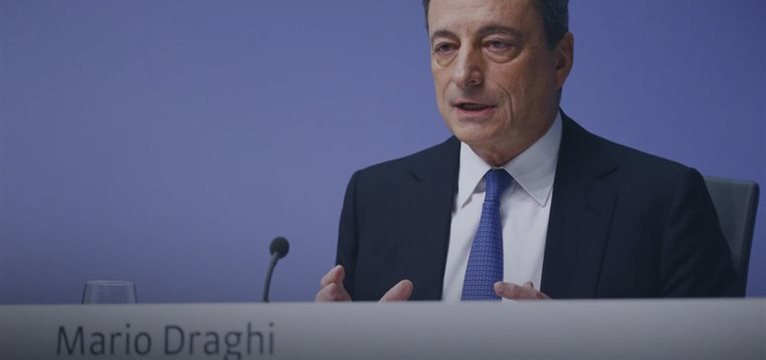The European Central Bank (ECB) has never resorted to sovereign QE at the height of the global financial crisis - unlike its U.S., U.K. and Japanese peers. But it has attempted an array of other extraordinary policy measures, including a negative deposit rate, programs to provide cheap funding to eurozone banks, and a less-powerful bond-buying program, often called “private QE,” focused on purchasing asset-backed securities and covered bonds.
As the program has been launched today, let us see what it is already known about it.
What is the goal the bank wants to achieve?
The mechanism is that under quantitative easing a central bank creates money electronically, which it then uses to buy securities, such as government bonds, from banks and other institutions, hoping that these institutions will then use the new bank reserves to buy other assets, lowering interest rates and encouraging spending.
The
ECB has launched QE to revive growth and inflation in the eurozone. Despite
repeated attempts to spur an economic recovery, the currency bloc is
still grappling with painfully high unemployment, slow growth and
negative inflation among its members.
What will the ECB buy?
The answer is government bonds. The eurozone institutions selling the bonds can then use the proceeds to
buy other assets and lend money to businesses. However, the questions rise on whether bondholders will easily get rid of their holdings.
They may
be reluctant if they see nowhere else to put their money, or if they
expect bond prices to go even higher.
The central bank will continue to buy €10 billion a month in asset-backed securities and covered bonds, under two programs launched late last year. The €60-billion-a-month asset buys are expected to expand the ECB’s balance sheet by more than €1 trillion by September 2016.
What will happen to bond yields?
Originally, sovereign QE and lower bond yields should march together hand in hand. As the ECB buys large quantities of government debt, bond prices should go up, which will send yields lower. On Friday, borrowing costs for Italy, Spain and Portugal dropped to record lows in anticipation of QE takeoff. However, big moves in the bond markets show much of the impact may have already been priced in.
Longer-term, as the QE liquidity injection begins to work on the eurozone economy, and likely boost inflation and growth, bond yields should start to rise to reflect the stronger economy. The latest eurozone data indicate that the region may be turning a corner, leaving room for higher borrowing costs.Will the central bank buy government bonds with negative yields?
It will, except for anything that carries a yield below the ECB’s own deposit rate, which currently stands at negative 0.2%. The limit means that bonds currently yielding more than the deposit rate have room to fall further.
Yields for most eurozone
countries have tanked, even before the QE has been fired up. For Germany, France, Austria, Belgium, Holland
and Finland borrowing costs for shorter-dated debt are now negative,
meaning that bondholders essentially agree to pay issuers to hold their
debt.
What about Greek bonds?
The ECB will not buy them at this point. Last week ECB President Mario Draghi noted that the central bank doesn't intend to buy Greek government bonds in the short term, as Greece is still in a bailout review process and the amount of Greek bonds that ECB holds under a previous bond plan exceeds the limit set under the new QE program.
Moreover, the bank is only allowed to buy 33% of a country’s outstanding debt. The ECB has currently exceeds that limit as a result of its earlier Securities Markets Program. That meaning the ECB wouldn’t be able to purchase Greek bonds until the country has redeemed some of those bonds currently held by the ECB later this year.
How long will the QE run?
The program runs at least until September 2016, but, as Draghi said at Thursday's meeting, it “will, in any case, be conducted until we see a sustained adjustment in the path of inflation which is consistent with our aim of achieving inflation rates below, but close to, 2% over the medium term."
In fact, QE is open-ended. According to the latest ECB forecasts, inflation is likely to pick up to 1.5% in 2016 and rise to 1.8% in 2017. Economists are split as to whether this indicates additional bond buying beyond September next year.



